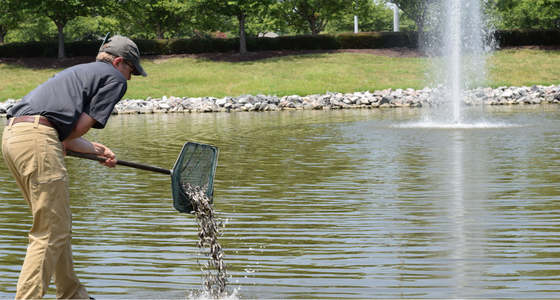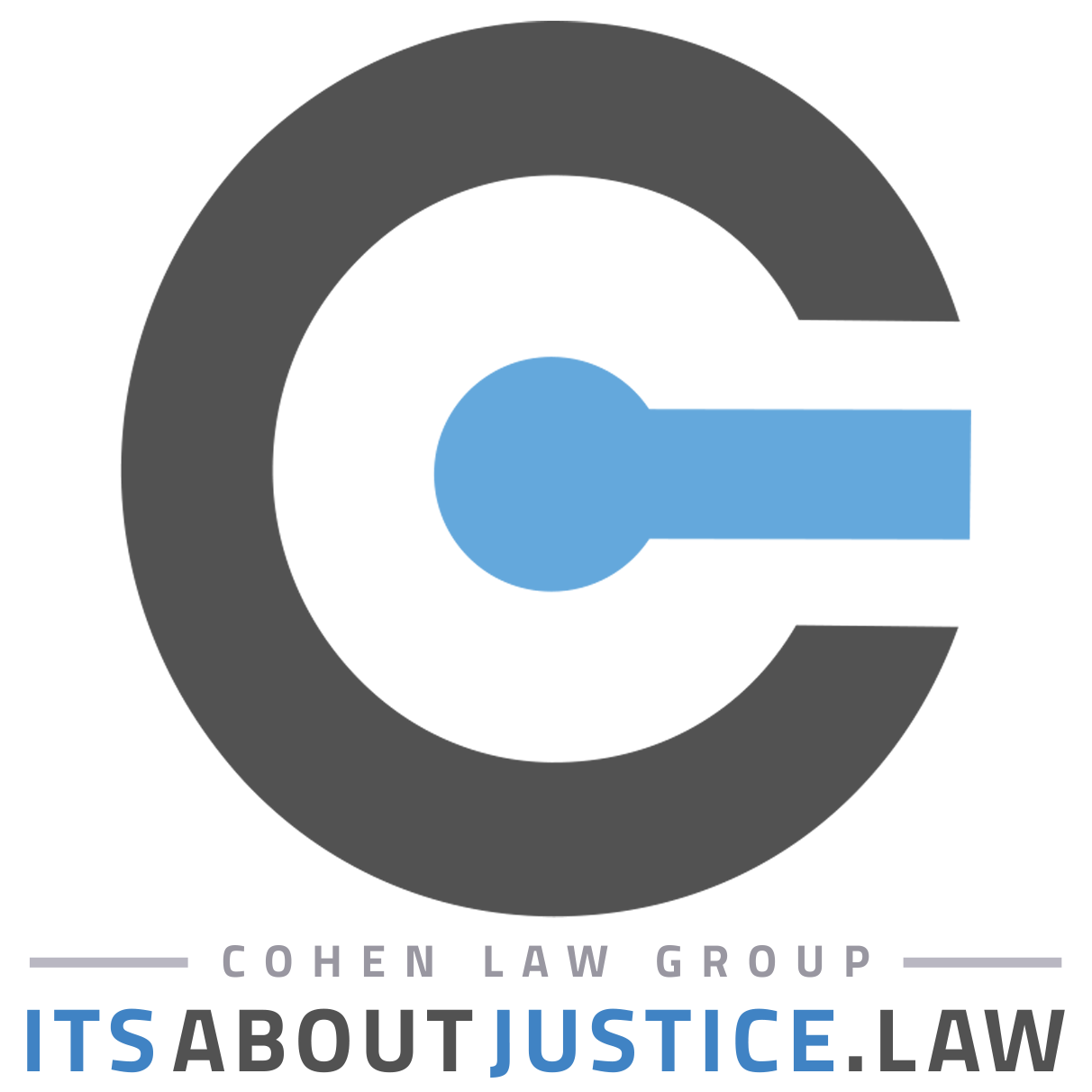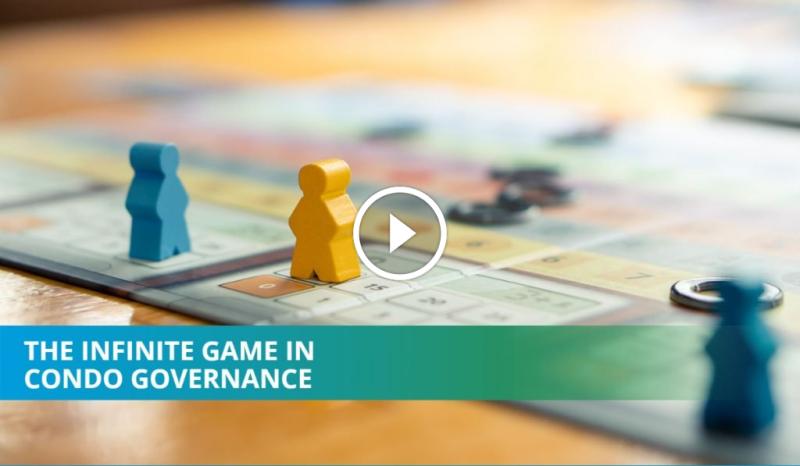In 1986, Professor James P. Carse presented the concept of finite and infinite gaming. He said, “there are at least two kinds of games: finite and infinite.
A finite game is played for the purpose of winning, an infinite game for the purpose of continuing the play.” Sports games, like football and baseball, are clearly finite games. They have specified chunks of time in which one is expected to do better than the other. An infinite game has no winners and no time length. Instead, it’s just a set of rules and expectations you must continue to participate in without end.
Simon Sinek took this game theory and applied it to the planning and continued success of a business enterprise. Businesses are not time-restricted games. You don’t have a year or five or ten in which to complete some kind of final objective. Sure, there are benchmarks and points of obvious success, but there is no end to business.
Now apply that kind of thinking to the HOA and condo industry: community associations, and in particular, condo governance. A condominium should be run with an “infinite game” mentality, with the goal of the structure being maintained to reach the ripe old age of eternity. Can a structure last infinitely? Maybe not, but even so, that is how it should be governed. There is no shelf life on a condominium building.
Keeping Score in Condo Governance is Playing a Finite Game
Condominiums all too often live on a budget-to-budget basis (or a special assessment to special assessment basis) with very little regard for the future. This kind of condo governance manifests itself in an inadequate capital improvement plan or a functioning preventative maintenance protocol.
Many condominiums are run by a seat-of-the-pants mentality–the pinnacle of finite thinking. This budget-to-budget, board-to-board, manager-to-manager mentality is destructive and a clear blueprint for a condominium’s demise. It pits past, present, and future against one another, each one keeping a score of who did what and who should be responsible for what comes next. Often, this means everyone is passing the buck, and no one is actually accomplishing anything. Managers and board members need to think in terms beyond their tenure with the community and consider the far future in their planning and attitude.
Recently, we have witnessed the results of a condominium playing a finite game. Could there be a better example of misguided short-term planning than what happened in Surfside, Florida? Reports all indicated that the board of directors thought about only the short-term struggles–their time in office, the quickly-mounting immediate expenses, the inconvenience of a serious construction project–and played a finite game with disastrous consequences.
But the board is not alone in their fault. They had no direction from their law firm (which was fined $31 million dollars), which should have known better. This tragedy did not happen in a vacuum.
Sustaining Through an Infinite Game
As extreme as an example Surfside is, the thinking remains endemic. It is not an anomaly, it is only the worst-case scenario and a scenario many buildings are facing after so many years of neglectful condo governance.
It all begins with a reserve study. A quality reserve study can start the process of future planning for a condo building. Ideally, the results will physically lay out what the future may hold. It won’t be perfectly spot-on, but it is at least there as an initial guide.
This is how communities play the infinite game–a good reserve study is not a one-and-done event. A proper reserve study requires long-term maintenance and updating as inflation, and other infrastructural issues inevitably erode the previous year’s budget. Playing an infinite game in condo governance will ensure its longevity, value, comfort, and positive residential experience.
Start Playing an Infinite Game
A condominium that has a good reserves program, maintains an honest budget, pursues delinquencies, seeks out stability in management, and continues to embrace new technologies to reduce expenses is playing the infinite game.
It’s election season for boards of directors, so why not campaign on governing with an infinite mentality? Govern and manage your building like it is supposed to last forever. For more advice on condominium fiscal management and collections, contact us today.
Tags:
Collections,
Management News,
Members Articles


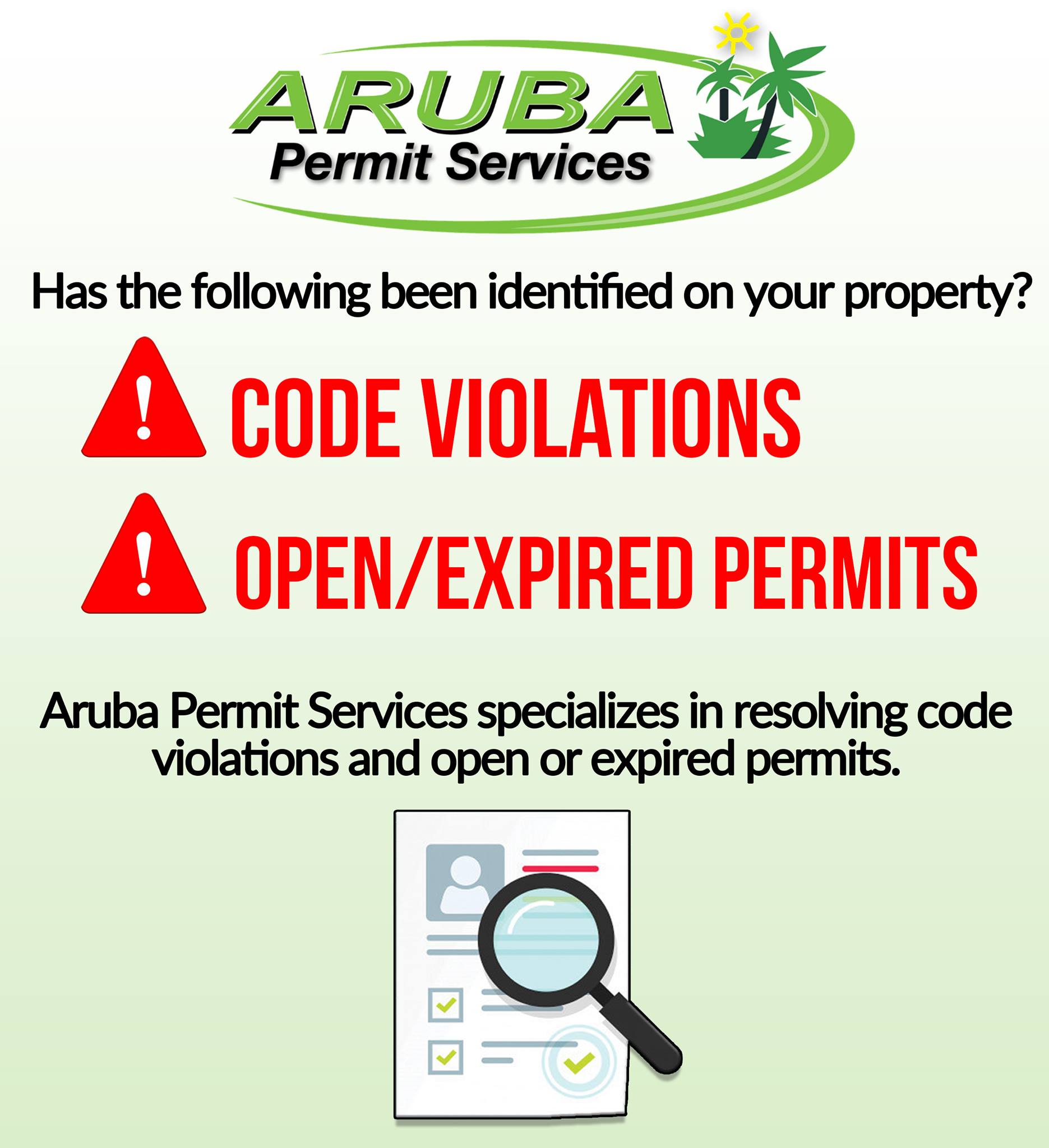
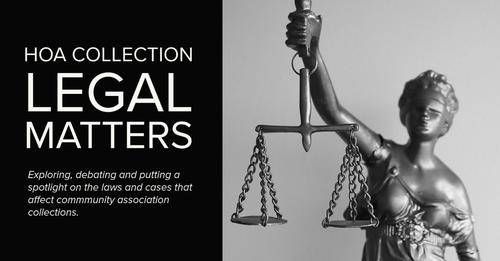

 Learn about the HUD regulations and Florida Legislation pertaining to assistance animals, as well as common issues concerning assistance animals and addressing requests by residents for reasonable accommodations.
Learn about the HUD regulations and Florida Legislation pertaining to assistance animals, as well as common issues concerning assistance animals and addressing requests by residents for reasonable accommodations.